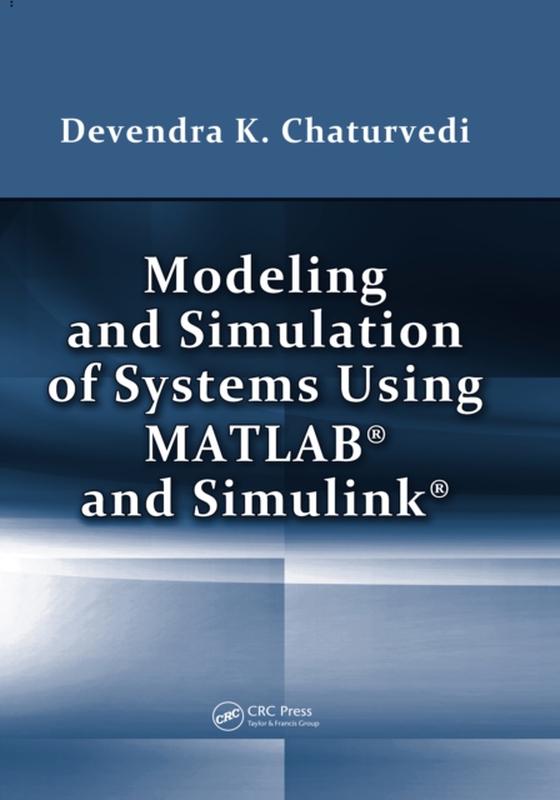
Modeling and Simulation of Systems Using MATLAB and Simulink e-bog
1240,73 DKK
(inkl. moms 1550,91 DKK)
Not only do modeling and simulation help provide a better understanding of how real-world systems function, they also enable us to predict system behavior before a system is actually built and analyze systems accurately under varying operating conditions. Modeling and Simulation of Systems Using MATLAB(R) and Simulink(R) provides comprehensive, state-of-the-art coverage of all the important asp...
E-bog
1240,73 DKK
Forlag
CRC Press
Udgivet
19 december 2017
Længde
734 sider
Genrer
Cybernetics and systems theory
Sprog
English
Format
epub
Beskyttelse
LCP
ISBN
9781351834223
Not only do modeling and simulation help provide a better understanding of how real-world systems function, they also enable us to predict system behavior before a system is actually built and analyze systems accurately under varying operating conditions. Modeling and Simulation of Systems Using MATLAB(R) and Simulink(R) provides comprehensive, state-of-the-art coverage of all the important aspects of modeling and simulating both physical and conceptual systems. Various real-life examples show how simulation plays a key role in understanding real-world systems. The author also explains how to effectively use MATLAB and Simulink software to successfully apply the modeling and simulation techniques presented.After introducing the underlying philosophy of systems, the book offers step-by-step procedures for modeling different types of systems using modeling techniques, such as the graph-theoretic approach, interpretive structural modeling, and system dynamics modeling. It then explores how simulation evolved from pre-computer days into the current science of today. The text also presents modern soft computing techniques, including artificial neural networks, fuzzy systems, and genetic algorithms, for modeling and simulating complex and nonlinear systems. The final chapter addresses discrete systems modeling. Preparing both undergraduate and graduate students for advanced modeling and simulation courses, this text helps them carry out effective simulation studies. In addition, graduate students should be able to comprehend and conduct simulation research after completing this book.
 Dansk
Dansk

